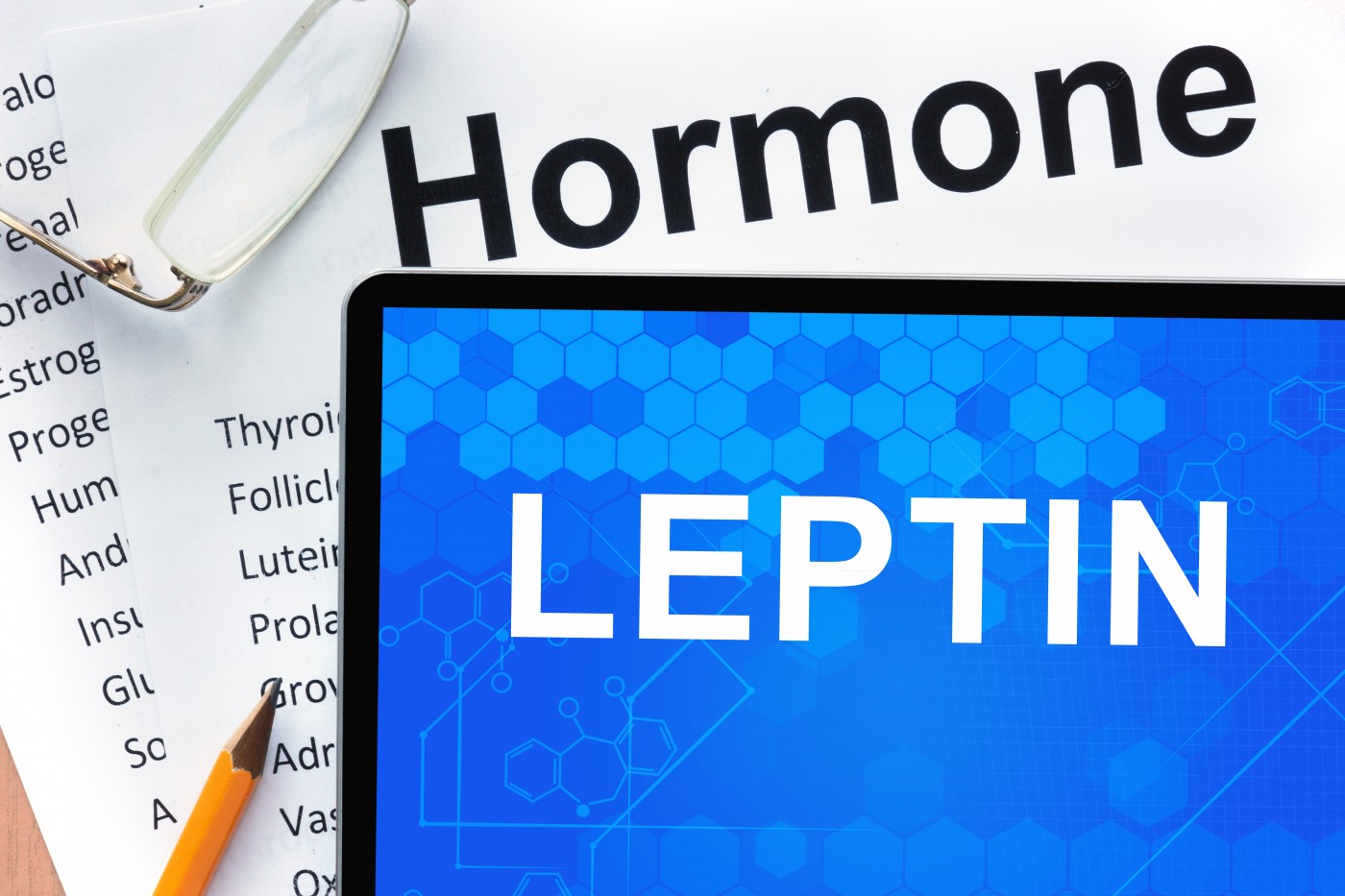Malnourishment in Kids with Cerebral Palsy May Be Detected Easier with Leptin Measurements

Leptin could be a suitable marker for assessing the nutritional status of children with cerebral palsy (CP) — a task not as straightforward as it sounds, since features of kids with cerebral palsy make them unlikely to fit the conventional scales. Key findings indicate that including serum leptin measurements in nutritional evaluations of children with cerebral palsy would improve the accuracy of assessments, raising the likelihood that those most in need will receive adequate support.
Conventional parameters, such as body composition measurements and body mass index (BMI), are not always best for assessing nutritional status in children with cerebral palsy, who frequently are in the lower range of these scales despite adequate nutrition. Therefore, researchers at the Chulalongkorn University in Thailand looked for alternatives.
Leptin is a hormone secreted by fat tissue that has been used to assess the status of malnourished children, and has also been suggested as a potential marker for nutritional status in children with cerebral palsy. To validate the role of leptin in such evaluations, the research team measured leptin and a range of other factors in 86 kids with cerebral palsy.
The children, who were on average 8.9 years old, went through extensive body composition measurements. Researchers also analyzed serum albumin levels and quantified the children’s white blood cells.
In the study, titled “Serum Leptin as a Nutritional Biomarker in Children with Cerebral Palsy,“ researchers showed that leptin levels were similar in both girls and boys and did not vary according to the severity of the condition, classified according to the Gross Motor Function Classification System (GMFCS) for cerebral palsy.
The findings, published in The Tohoku Journal of Experimental Medicine, were examined separately for children living at home or at a rehabilitation center. The groups differed only in their white blood cell counts, where children living in a rehab home had higher numbers.
The analysis revealed that 9 percent of the children were moderately undernourished and 3 percent were classified as severely undernourished according to WHO criteria, using a weight-for-height calculation as a parameter indicating a chronic wasting condition.
Dividing the children according to the cutoff point for malnourishment gave the researchers a way to examine leptin and other measurements as predictors. The team discovered that in addition to leptin, which was strongly linked to the malnourished state, midarm circumference, the thickness of the skin under the shoulder bone, and BMI also predicted undernourishment. The malnourished state was also reflected in low hemoglobin levels and low numbers of cells in the blood.
Although some body composition measurements correlated to leptin levels, improved nutrition will not immediately impact the amount of subcutaneous fat. Therefore, the research team suggested that serum leptin measurements should be included in nutritional evaluations of children with cerebral palsy.


